
Hiking adventures do not need to be interrupted when the temperature drops. But as winter trail conditions change, hikers need to prepare for snow, ice, and slippery surfaces. Easy trails in the summer without proper equipment can become dangerous in the winter. Even the most grippy hiking boots may not provide enough traction.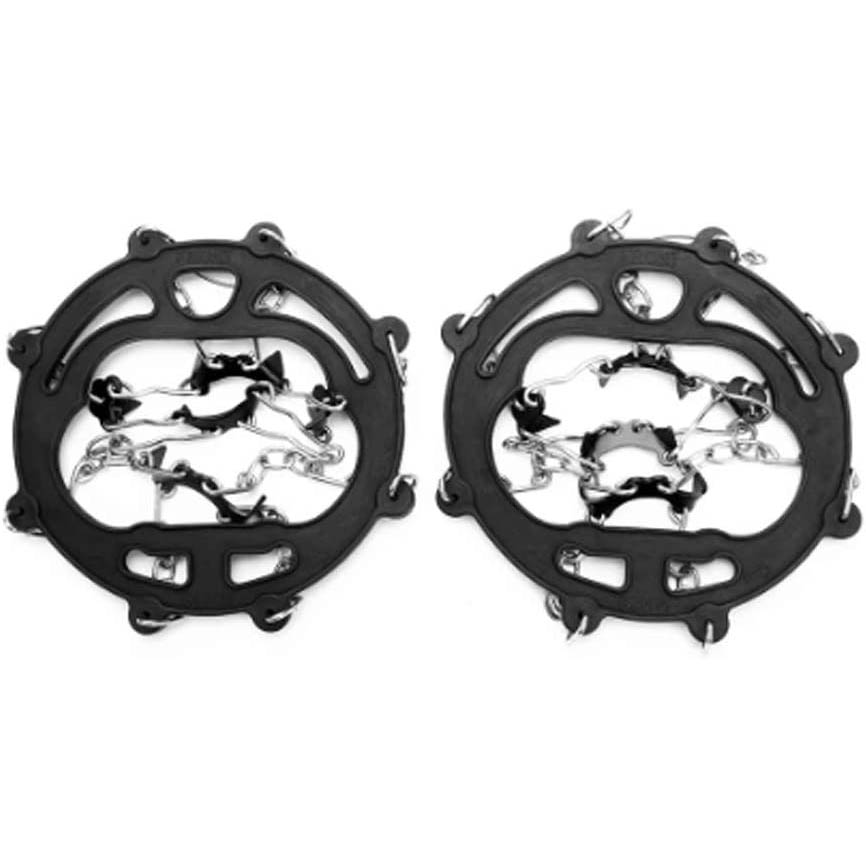
This is where additional traction devices such as micro studs, crampons and snowshoes come into play: they attach to your boots to provide extra traction when hiking on ice and snow. But not all traction mechanisms are the same. Depending on the type of winter hiking you prefer, you may need more or less grip and mobility. Micro spikes or “ice boots”, crampons and snowshoes are the three most common winter hiking aids. Here’s how to choose the right one for you.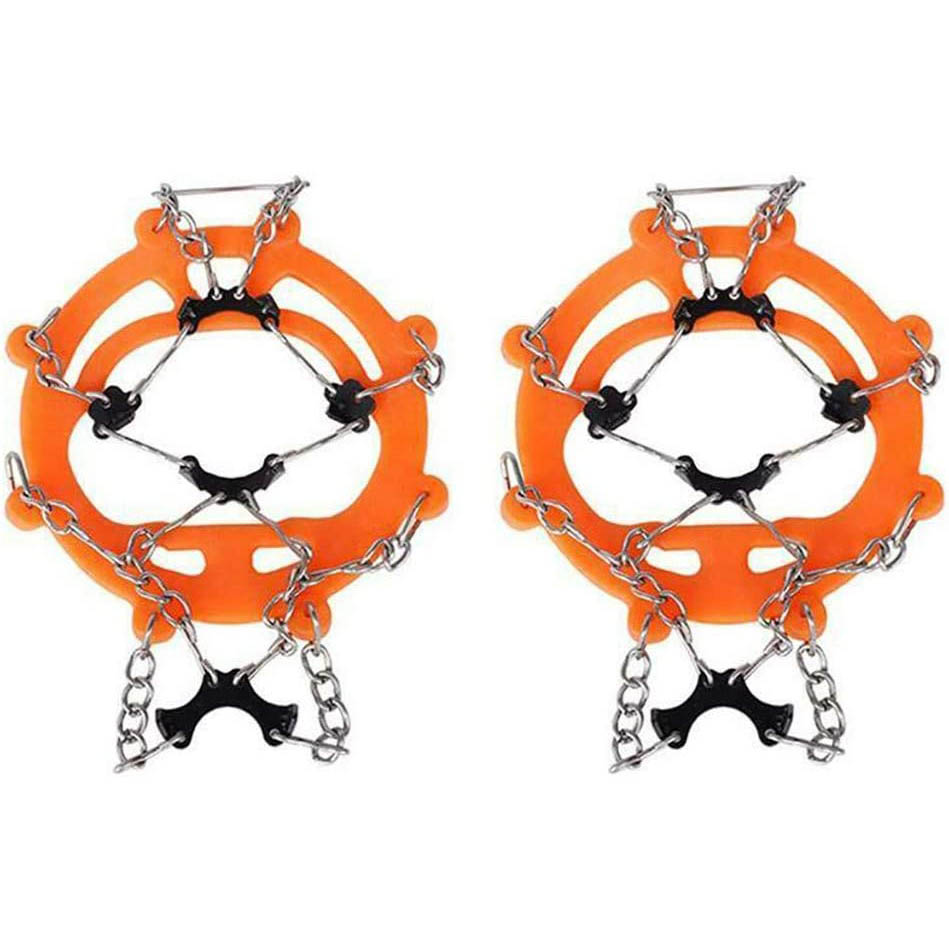
For most backpackers, these tiny traction devices are the solution for winter adventures because they are versatile, easy to use, and affordable. (Note that although you hear this term often, the term “micro-studs” technically refers to version; the general variant is more properly called “ice drifts”.) Chains and nails strung together are compatible with a wide range of shoes, so you can move them between a pair of boots or share them among campers within a certain size range. For snow, patchy ice and moderately sloping trails, the studs provide ample traction. In addition, they are easy to put on and take off, which allows you to store them in your bag and use them when needed. Unless you’re dealing with rugged peaks, glacial terrain, or steep icing, ice boots are a good choice for winter towing. Some ice spikes are sharper or more numerous than others, so choose the right pair for the activity you plan to do. For example, lightweight shoes with small spikes may be suitable for running, but not for icy trails.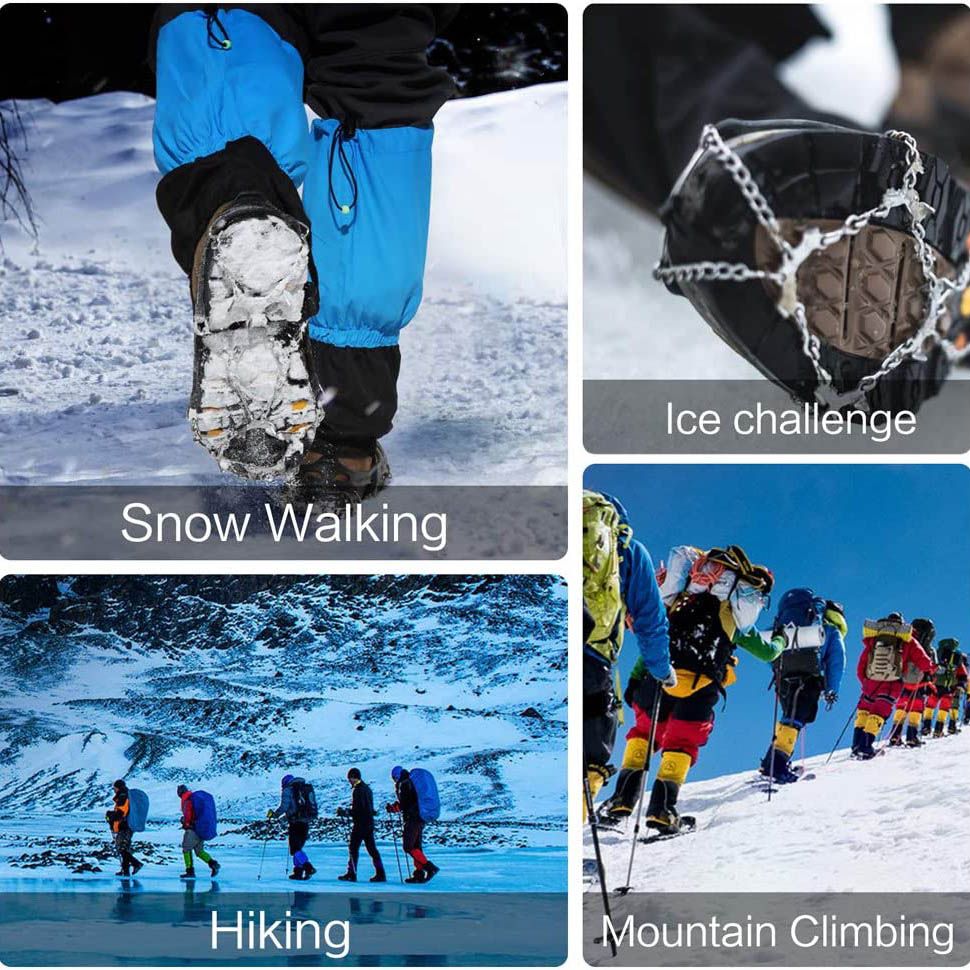
For terrain that micronails cannot cut, choose crampons. These rigid traction devices attach to boots and use caustic metal tips to bite into ice cubes. Because crampons are stronger than micro studs, they are best for steeper, icier terrain such as glacier hiking or even vertical ice climbing. Climbers climb steep snowfields in crampons. Much smaller and you might trip over them.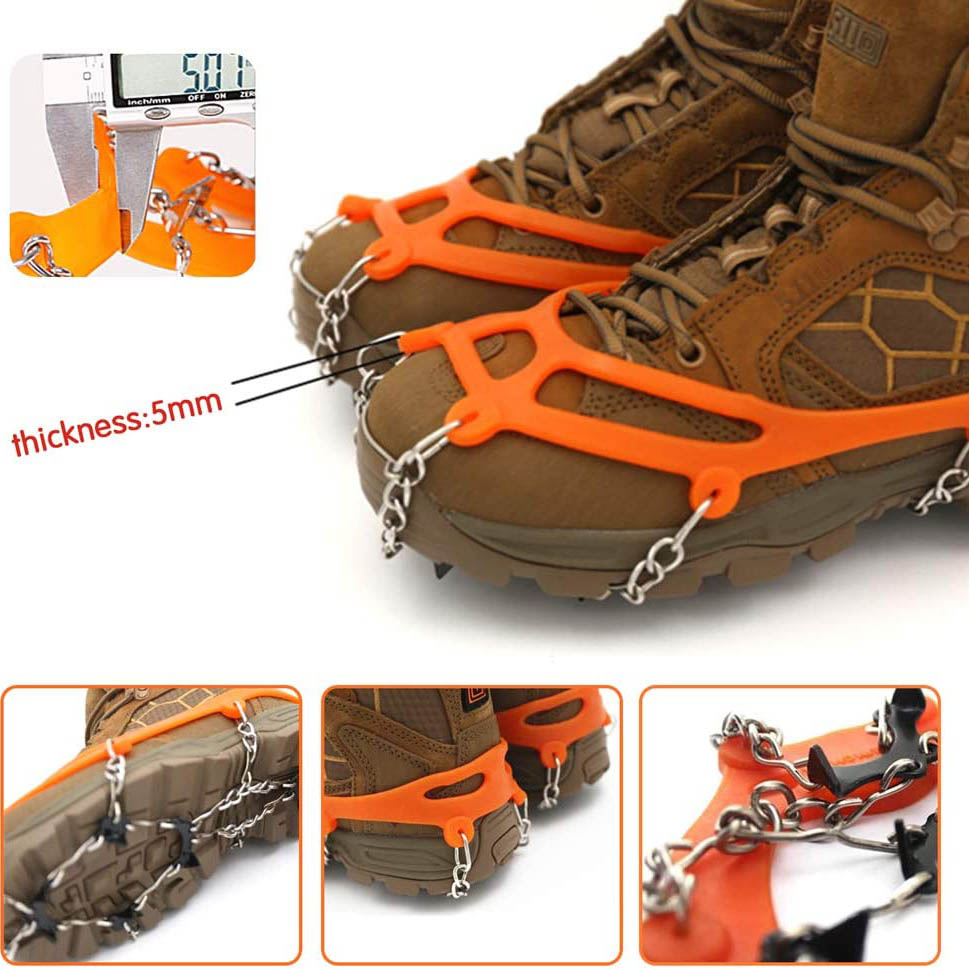
What you get matters: the technique used for climbing frozen waterfalls is different from the technique used for climbing in crampons than for hiking or glacier travel. They usually have longer toe tips and need to be worn with hiking boots rather than regular hiking boots. Cat holders tend to be stronger than the rubber straps used to attach micro studs to shoes, making them difficult to put on or take off when hiking. Please make sure crampons are compatible with the shoes you plan to use before purchasing. When in doubt, ask the salesperson at your local hardware store.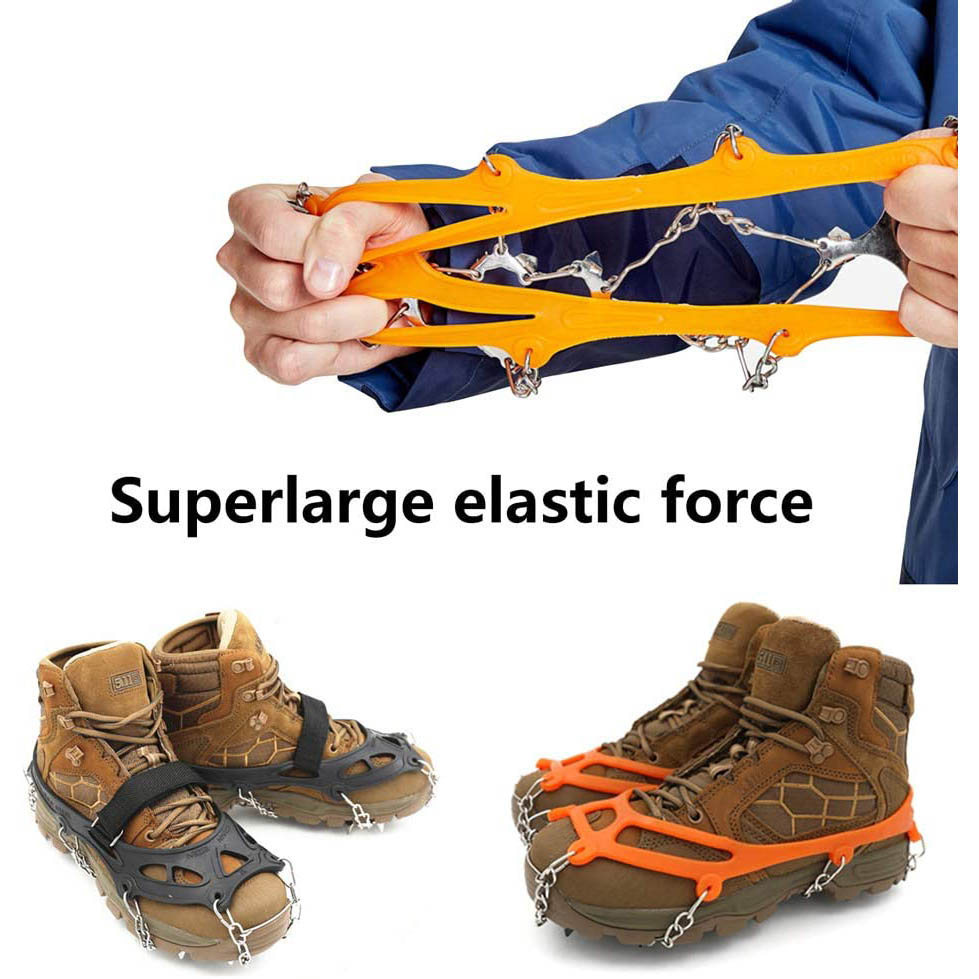
Micro spikes and crampons shine on the ice, and snowshoes, as the name suggests, are designed for deep snow that you can sink into. Snowshoes distribute your weight across the snow, allowing you to float on the top rather than the back hole. Un But for trails with bare ice or a thin layer of snow, snowshoes can become unwieldy if proper traction is not provided. Snowshoes with large decks are good for deep fluffy snow, while smaller snowshoes can be good enough for moderately deep snow. Many snowshoes have built-in crampons to keep you upright in mixed conditions. Unlike miniature spikes and crampons, which are compact and can be tucked away in a backpack, you can wear snowshoes while hiking.
Post time: Sep-16-2022